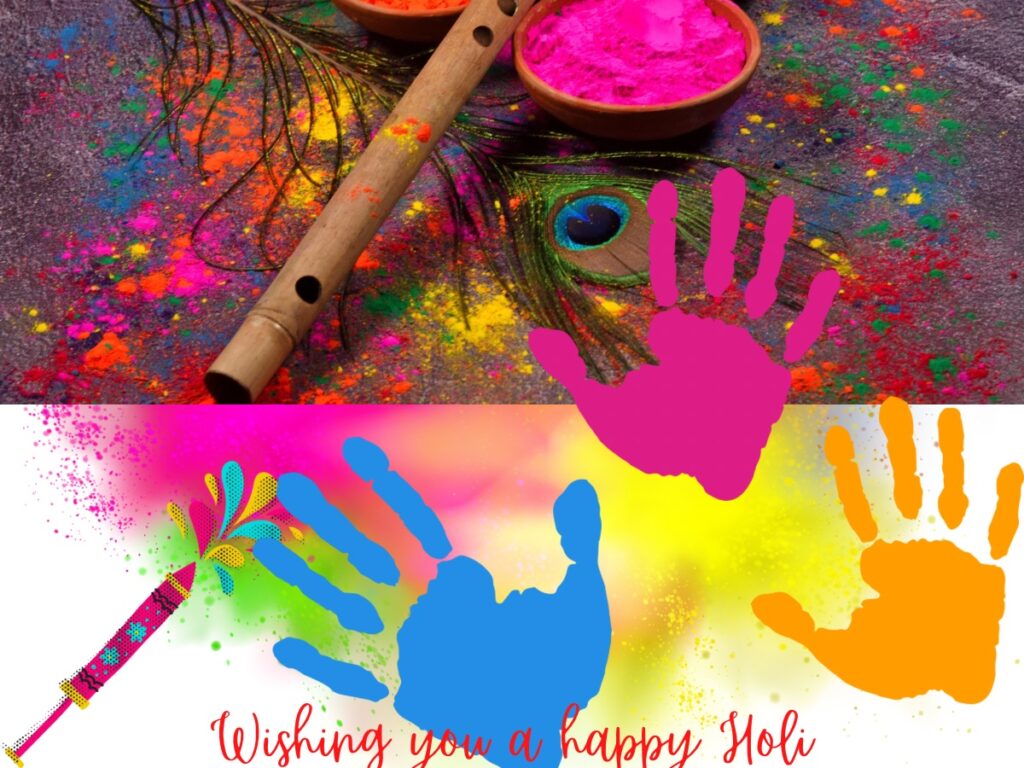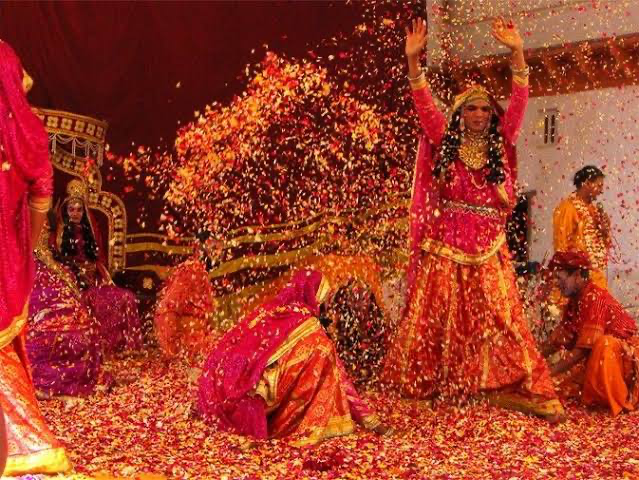Table of Contents
ToggleNational Integration Through Colors: HOLI

Holi: the color’s festival. Every year, as winter fades into the gentle embrace of spring, millions of people across the globe come together to celebrate the kaleidoscopic festival of Holi. This ancient Hindu festival, known as the “festival of colors,” is a vibrant tapestry woven with myths, legends, and traditions that transcend borders and unite communities. Let’s embark on a journey to uncover the rich tapestry of Holi, exploring its origins, historical significance, societal impact, and global celebration.
Origin and Mythological Significance:
Holi’s roots trace back to ancient India, with its origins steeped in Hindu mythology. One of the most popular legends associated with Holi is the tale of Holika and Prahlad. According to Hindu scriptures, Prahlad, a devout follower of Lord Vishnu, was saved from the clutches of his tyrant father, King Hiranyakashipu, by divine intervention. Holika, the king’s sister, attempted to kill Prahlad by sitting with him on a pyre, protected by a boon she received. However, divine forces reversed the boon, and Holika perished while Prahlad emerged unscathed. This victory of good over evil is commemorated during Holi through the ritual of Holika Dahan, where bonfires are lit to symbolize the triumph of righteousness.
Another legend linked to Holi is the divine love story of Lord Krishna and Radha. According to folklore, the mischievous Krishna, with his skin darkened by the cosmic color of love, playfully drenched Radha and other gopis (milkmaids) with vibrant hues, sparking the tradition of applying colors during the festival.
Historical Significance:
Throughout history, Holi has served as a social equalizer, transcending barriers of caste, class, and creed. It is a time when communities come together, setting aside differences to revel in the joyous spirit of unity and brotherhood. This spirit of inclusivity has been a hallmark of Holi celebrations, fostering bonds of friendship and camaraderie.
During the Mughal era, Holi evolved into a grand spectacle, with rulers such as Emperor Akbar and his courtiers participating in elaborate festivities. The festival became an integral part of India’s cultural mosaic, blending Hindu and Persian traditions into a colorful tapestry of celebration.
Effect on Economy and Society:
The economic impact of Holi is significant, particularly in India, where it serves as a boon for various industries. From the sale of colorful powders (gulal) and water guns (pichkaris) to the demand for festive sweets and traditional attire, Holi provides a boost to local businesses and artisans. The tourism industry also thrives during this time, with travelers flocking to iconic destinations like Mathura, Vrindavan, and Varanasi to experience the essence of Holi in its cultural heartland.
On a societal level, Holi fosters a sense of belonging and community cohesion. It transcends geographical boundaries, with diaspora communities around the world coming together to celebrate their shared heritage. In multicultural societies, Holi serves as a bridge between cultures, promoting cross-cultural understanding and appreciation.
Celebrations Around the World:
While Holi has its roots in India, its colorful splendor has captivated hearts and minds across the globe. From the bustling streets of New York City to the serene shores of Mauritius, Holi transcends borders, spreading joy and laughter wherever it goes.
In Nepal, Holi is celebrated with fervor, particularly in the ancient city of Kathmandu, where locals and tourists alike gather to partake in the revelry. In Guyana, South America, Holi is a national holiday, reflecting the cultural diversity of the country’s Indo-Guyanese community.
In recent years, Holi-inspired events have gained popularity in cities like London, Sydney, and Dubai, attracting people from diverse backgrounds eager to immerse themselves in the festival’s vibrant atmosphere.
Conclusion:
As the colors of Holi paint the world in hues of joy and harmony, it serves as a poignant reminder of the beauty of diversity and the power of unity. Beyond its cultural significance, Holi is a celebration of life, love, and the indomitable spirit of humanity. So, let us join hands and embrace the spirit of Holi, spreading love and laughter wherever we go, for in the tapestry of life, every color has its place, and every heart its song.
